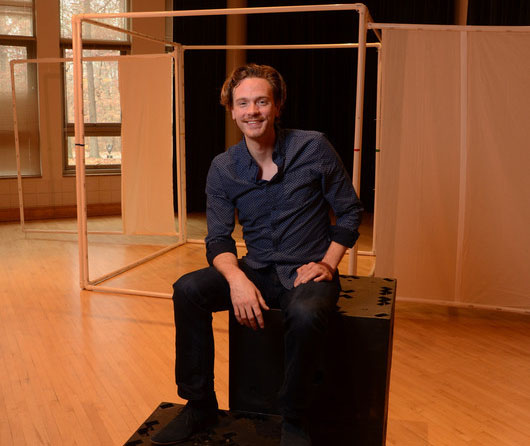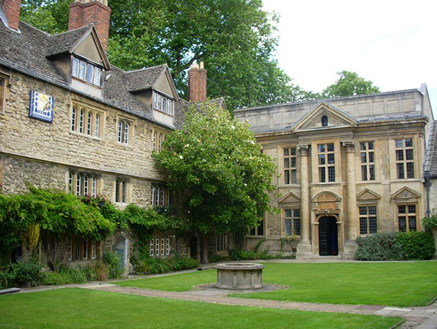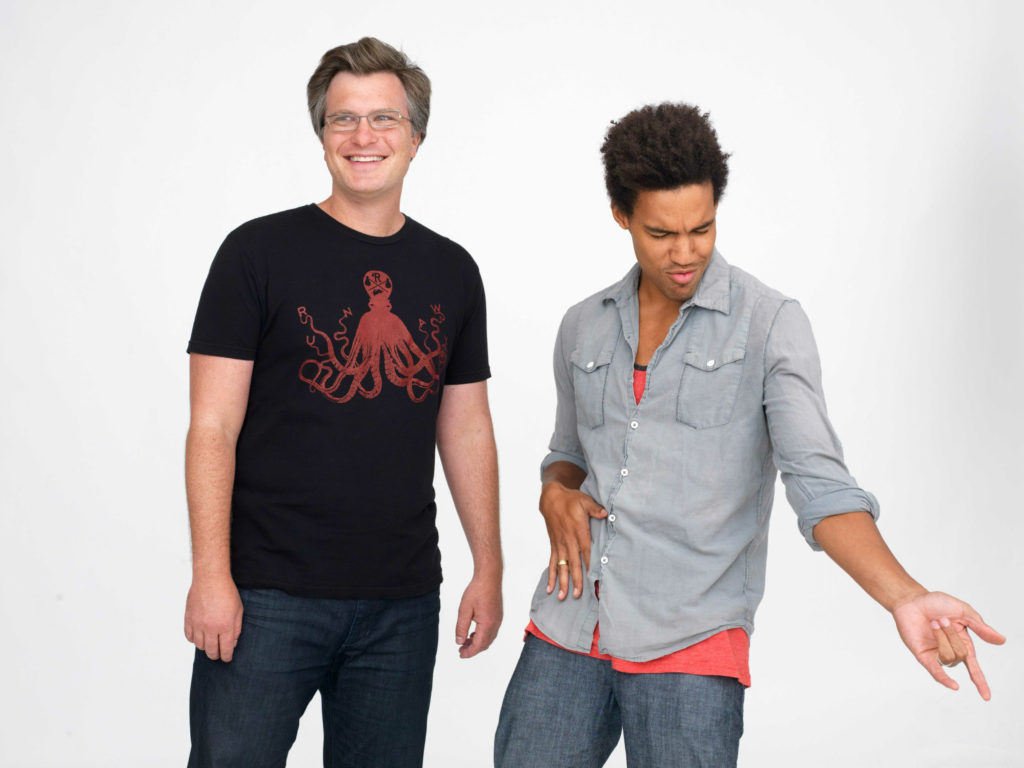
A free public symposium Oct. 25-26 at UNC-Chapel Hill will put the end of the Maya Long Count calendar cycle on Dec. 21 into a larger historical and cultural context that includes the voices of Maya people.
The following College of Arts and Sciences faculty are involved in the symposium:
- Emilio del Valle Escalante, Romance Languages and Literatures
- Patricia McAnany, Anthropology
- David Mora-Marin, Linguistics.
“13 Bak’tun: New Maya Perspectives in 2012” will include a series of lectures, readings of contemporary Mayan poetry and two exhibits of photographs and artifacts. Registration is recommended but not required.
See the symposium schedule.
The symposium name comes from the Maya word “bak’tun,” a calendar cycle of 400 years of 360 days. Completion of the 13th bak’tun ends one cycle and starts another, according to ancient inscriptions.
Symposium highlights include:
- Keynote address by Victor Montejo, a Maya Pop’ti novelist, poet and scholar from Guatemala and professor emeritus of Native American studies at the University of California, Davis, 5:30 p.m. Oct. 25, Wilson Library.
- Open class on contemporary Maya conceptions of the end of the Long Count Calendar and its representations in literature by Emilio del Valle Escalante (Romance languages and literatures department), 11 a.m. Oct. 26, Wilson Library.
- Discussion of indigenous land rights in Belize, led by Maya activist Cristina Coc, noon Oct. 26, Van Hecke-Wettach Hall (School of Law).
- Open class on classic Maya use of the Long Count calendar, led by Patricia A. McAnany (anthropology department), 2 p.m. Oct. 26, Wilson Library
- Lecture on Mayan hieroglyphic writing by David Mora-Marín (linguistics department), 3:30 p.m. Oct. 26, Morehead Planetarium and Science Center.
- Curator’s talk by former National Geographic archaeologist and UNC alumnus George E. Stuart at 6 p.m. Oct. 26, followed at 6:30 p.m. by contemporary Maya poetry readings by poets Briceida Cuevas Cob (Maya Yucatec) of Mexico and Rosa Chávez (Maya K’iche’-Kaqchikel) of Guatemala, in Spanish and their native Maya languages (translation provided), both at FedEx Global Education Center.
- Exhibit “Ancient and Living Maya Through the Photographic Lens,” featuring 20 large images of Maya people and sites by National Geographic photographers, as well as a display of Maya garments and textiles, through Dec. 14, FedEx Global Education Center.
- Exhibit “Ancient and Living Maya in the 19th and 20th Centuries: Archaeological Discovery, Literary Voice and Political Struggle,” featuring Maya materials from the Rare Book Collection’s George E. and Melinda Y. Stuart Collection, Oct. 8, 2012-Jan. 27, 2013, Melba Remig Saltarelli Exhibit Room, Wilson Library.




